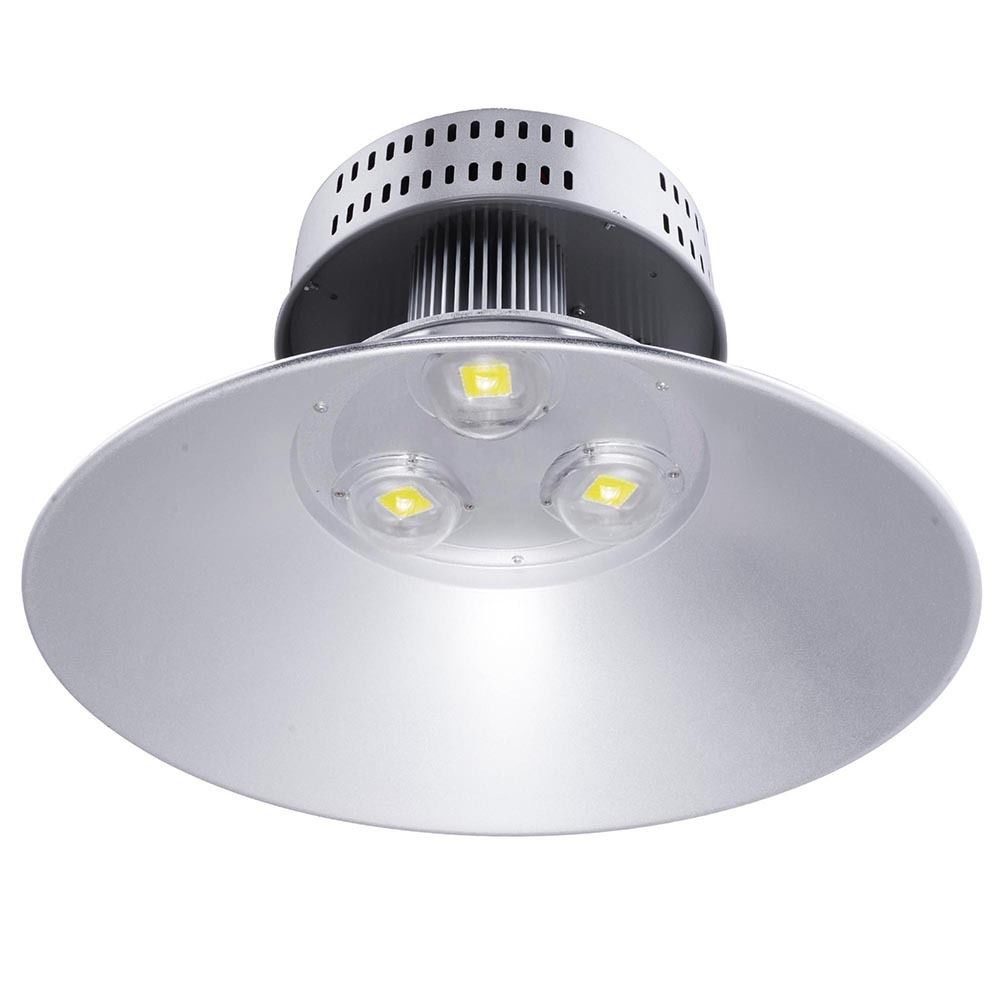
Sudden contrasts in light levels eg coming out of a well-lit area into a dark area or vice versa can be a problem because it takes the eye several seconds to adapt to new lighting conditions. Some of these, such as sodium, can make coloured text and diagrams difficult to read. Using blinds, correcting the angle of the source of light and using glare filters can help control this, as can use of eg up-lighting.Īll sources of light have a particular colour. Studies have shown that giving workers in open plan offices local control of lighting can increase job satisfaction (and decrease the experience of stress).ĭirectional sources of light can bounce off reflective surfaces such as display screens and cause glare. Where individuals are carrying out different activities, they will need control over their local lighting eg a control and instrumentation engineer coming into a process control room lit at 300 lux may need a desk with a lamp to study a wiring diagram. A process control room should be lit at an illuminance of 300 lux, a corridor or walkway may only require 50 lux, whilst studying an engineering drawing may require 750 lux (see HSG38 Lighting at Work). In general, the more detailed the task, the greater the light requirement. Key principles in lightingĭifferent activities require different levels of light.

However, employers can take some simple steps to ensure people have adequate lighting to carry out their tasks.


Guides to lighting can seem very complex, technical documents. However, lighting should be designed for the tasks that individuals are carrying out within that environment. Lighting an environment is often a complex task principally considered during the design stage of the building (by architects and interior designers). Relatively uncommon effects of low frequency vibration (infrasound) can include throbbing in the head (7Hz) and temporary depressed psychological states. Some frequencies of vibration can have a negative effect on visual performance. Vibration – Whole body vibration (such as experienced in vehicle cabs) can contribute to lower back pain and fatigue. In addition, exposure to high levels of noise can increase individual experience of stress, as may even relatively low noise levels if significantly above background/ambient and if experienced over long periods. When assessing a task, employers should also consider whether noise might interfere with safety-critical communications. Noise – For information about controlling noise and about preventing noise induced hearing loss, follow this link.
High light free#
Working space – Work rooms should have enough free space to allow people to move about with ease. Lack of control of the temperature of a workplace (eg in an open plan office) can lead to job dissatisfaction and increased incidence of stress and long term sickness absence. Thermal comfort – Extremes of temperature (very cold and very hot) can put physiological stress on an individual. However, when considering lighting, a number of different factors need to be considered such as colour, contrast, glare and so on. Lighting – At its simplest, different levels of lighting are required for different types of work – close, accurate work such as soldering a control panel will require higher light levels than walking down a corridor. The work environment can impact on a person's performance in a number of different ways from effects that damage health (heat stress, musculoskeletal disorders) effects that reduce the individual's ability to perform a task (poor lighting, distraction) to effects that cause dissatisfaction, resistance to change and uncooperative attitudes ("if management think so little of us why should we …").

Human factors: Lighting, thermal comfort, working space, noise and vibration


 0 kommentar(er)
0 kommentar(er)
